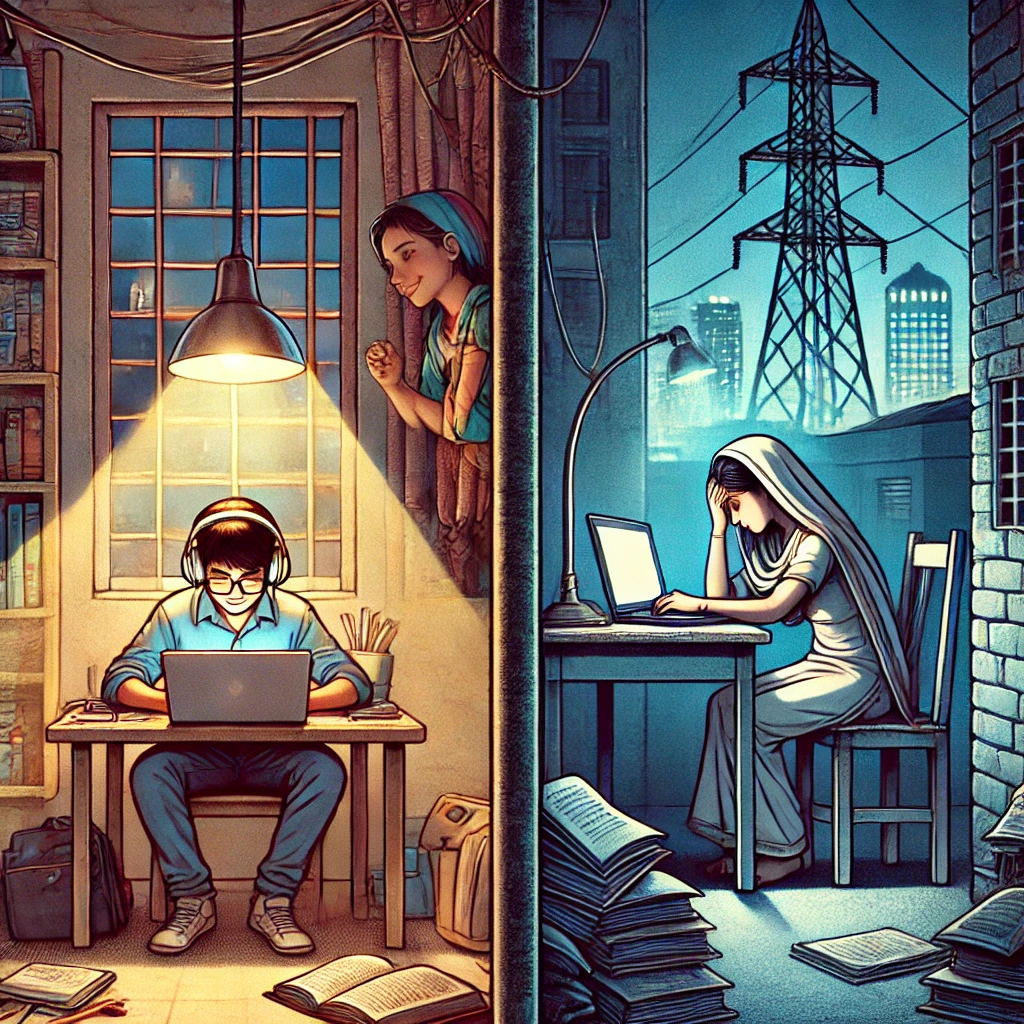Education is often viewed as the gateway to opportunity, the bridge from aspiration to achievement. In India, with its diverse socioeconomic tapestry, the impact of family earnings on a student’s educational journey is profound and multifaceted. For many families, particularly those with limited income, education isn’t just a pursuit of knowledge but a challenging financial investment. This article seeks to explore the largely overlooked challenges Indian families face in regards to educational expenditure and discuss the necessity for increased governmental support for bright students who, constrained by economics, struggle to unleash their full potential.

The Burden of Educational Expenses
India boasts one of the largest education systems in the world, catering to a vast and varied demographic. For middle and lower-income families, the financial commitment to sending a child to school can be formidable. From the outset, there are school fees, which despite public education ostensibly being free, often include additional charges ranging from extracurricular fees to school supplies. For parents aiming to provide quality private education, where perceived value often translates to better facilities and resources, these costs skyrocket further.
Tuition fees are just the beginning. There are also expenses for textbooks, stationery, uniforms, and transportation. Modern education also increasingly entails costs for co-curricular activities, tutoring, and technological aids like computers or tablets, compounding the financial burden.
For families already living on the edge of financial insecurity, these cumulative costs can dictate whether a student can continue their education or not.







